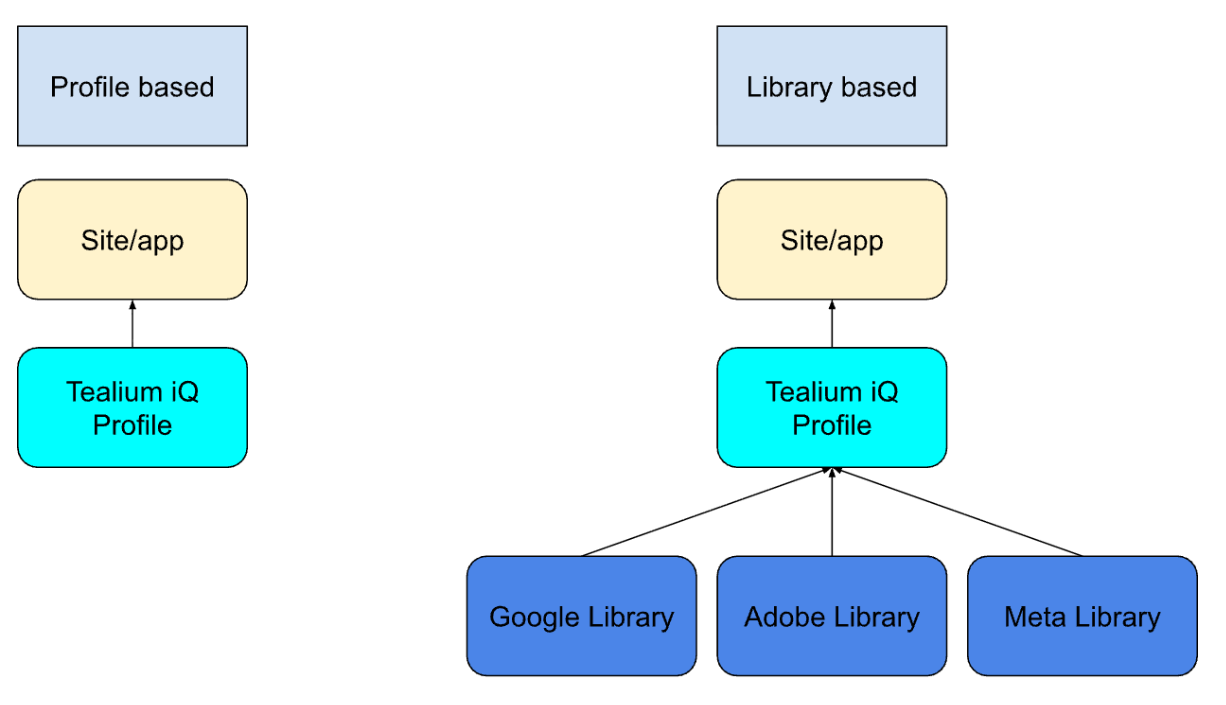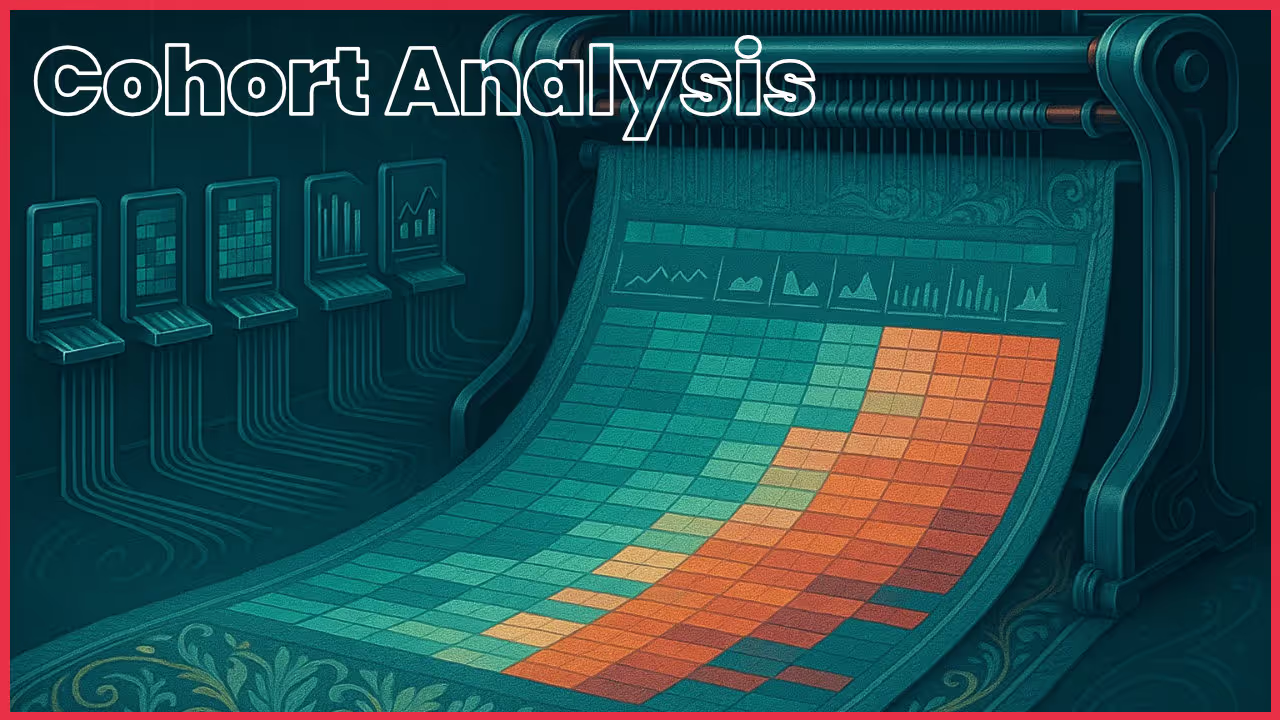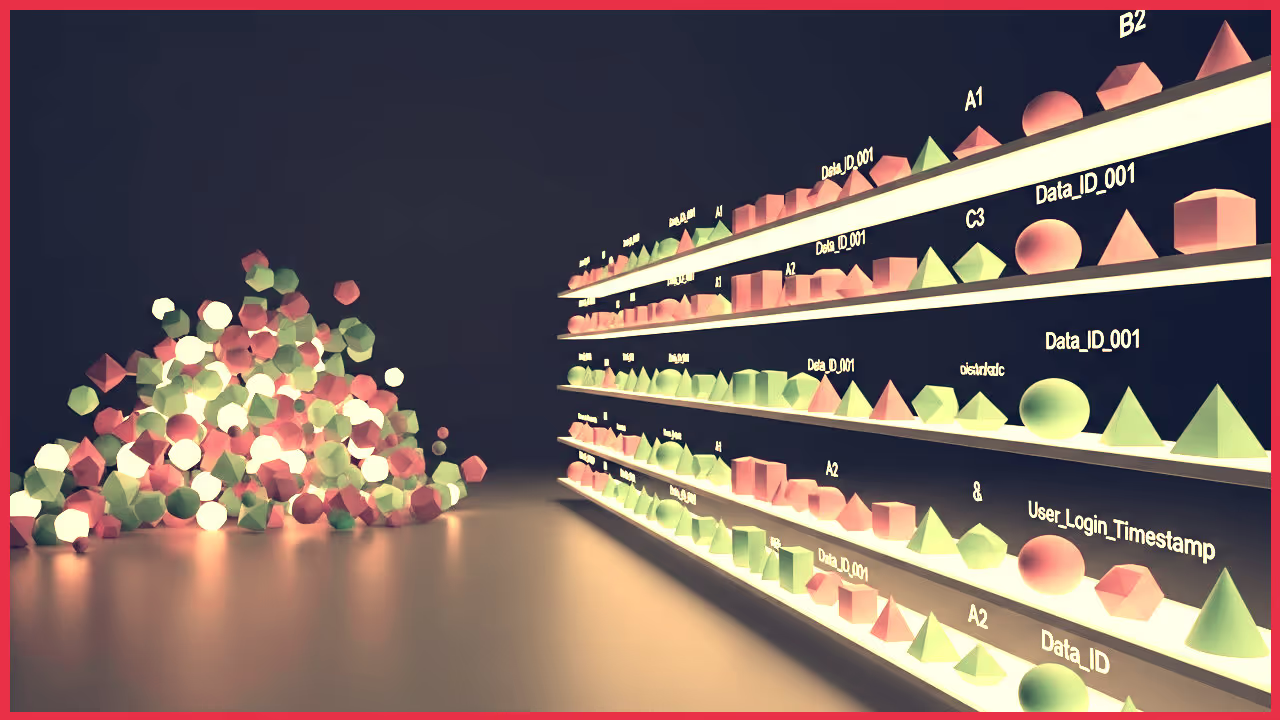By Arkadiusz Dutka, Senior Solution Implementation Engineer at Defused Data
In the previous post of the series, we discussed ways to manage name conventions to make a setup easier to work with. Today, we will discuss in my opinion the most important part of the Tealium setup: Structure. Structure defines how fast or slow it will be possible to roll out new changes, manage, and clean out profiles. Structure should be tailored strictly for the company's needs and technological requirements. I will provide a few questions that should help you decide on how to manage your tagging and custom codes within Tealium. Also, I will provide my favourite approach to the structure.
Tealium iQ, what can we work with?
Within Tealium iQ there are two containers for our tagging and custom code, we do have Profiles which are the main entity and libraries which fall under Profiles. This functionality enables us to create setups that are built with libraries where profiles are the last stop before the release (only inherit changes from libraries).

The two main approaches.
In my opinion, there are two main approaches that can be considered as a base for any other, more defined ones. Either you use mainly libraries as a base for your setup and profiles to just publish them. Or you use mainly profiles to store most of your setup. As everything goes, each approach has its strong sides and weaknesses; it really depends on what application or pages you work with. Do you have a lot of the same pages that just have different branding? Or you have multiple apps and sites that run on totally different tracking setups? For each, you will have to answer a set of questions to decide on how to build/refactor your Tealium setup.

How do I pick the approach for me? Set of questions.
The easiest question you can ask yourself when choosing the appropriate setup is:
Will it need to scale fast and stably?
If so, the answer is, of course, the library-based approach. But the world is not as simple as answering one question; there are more variables that will influence how you can build your setup.
.jpg)
What do I work with?
You need to define what type of sites or applications you work with. Is the site core the same for all brands? Do I have differences between sites in how tracking is coded, or maybe there are localisation differences in what is being tracked? If the differences are broad, it is easier to maintain all changes in Profiles, but it doesn't mean that the library approach can't work. It can, though it will require more work to set up proper load rules.
Do I have a lot of vendors being used?
With a lot of vendors being used by marketing or product, in my opinion, it's always easier to manage them by libraries. But in much smaller setups, it's fine to have them all in a single place.
Do I have clear analytics documentation?
Having good documentation is crucial to defining what we can do and how we can set it up. I will be discussing documentation and how to create it properly in one of the upcoming posts of the series.
Understanding the fundamental difference between the Library-based approach and the Profile-based approach is the key to a successful Tealium iQ implementation. There is no single universal, perfect solution-each strategy comes with its own strengths and weaknesses.
That's why I've prepared this concise comparative summary. Reviewing the table below will help you quickly assess which model is optimal for your company's current stage of development, and most importantly, which will provide the best scalability and the lowest long-term maintenance costs. Treat it as your starting point for making a well-informed architectural decision.
Please note that the presented framework is a simplified tool to support the decision-making process. In reality, selecting the optimal structure for Tealium iQ may require considering many additional, company-specific variables. If your situation is more complex or you have any questions, please contact us! We'd be happy to help you through this decision-making process and design a solution perfectly tailored to your needs.
How do I build libraries?
There can be various ways in which libraries are created, such as per vendor, per app/site area, type of tracking, etc. I do prefer using the library per vendor, as in my opinion, it’s the easiest one to understand and effortlessly navigate through.
Do I use one tag or multiple ones? This one depends on how tracking is implemented. If you have all the variables that are letting you differentiate properly between events and areas, then it should be possible to use just one tag and trigger it using an extension per event. That way, you can map variables using the extension.
A much easier option is to go with tags according to the events, map all of the variables within the tag itself, and trigger it using load rules. But as far as my experience goes, this approach can get very heavy on maintenance with scaling. It is less readable and requires debugging on the tag level later on.
My favourite structure.
I prefer using the library approach, where libraries are each for vendor and custom implementations that require custom JS. Within libraries, I prefer using a single tag with one master mapping object that is being used for mapping variables in trigger extensions, and to simplify debugging.

Ultimately, your configuration should reflect not only how everything works today, but also how you envision it evolving in the future. A scalable structure grows with your business, not against it. Taking the time to plan properly up front will save you countless hours of debugging and rework in the future. Clear naming conventions, consistent logic, and thorough documentation distinguish a solid implementation from a flaky one. Remember, any shortcuts you choose now will come back to haunt you later as technical debt. Consistency and transparency are the true foundations of a maintainable and future-proof Tealium iQ configuration.
I know the final choice between profile-based and library-based is not easy, so if you're unsure which approach to choose, contact us and we'll be happy to help you make the right decision.

What’s new at Defused Data
Embrace a future filled with innovation, technology, and creativity by diving into our newest blog posts!
View allReady to start defusing?
We thrive on our customers' successes. Let us help you succeed in a truly data-driven way.




